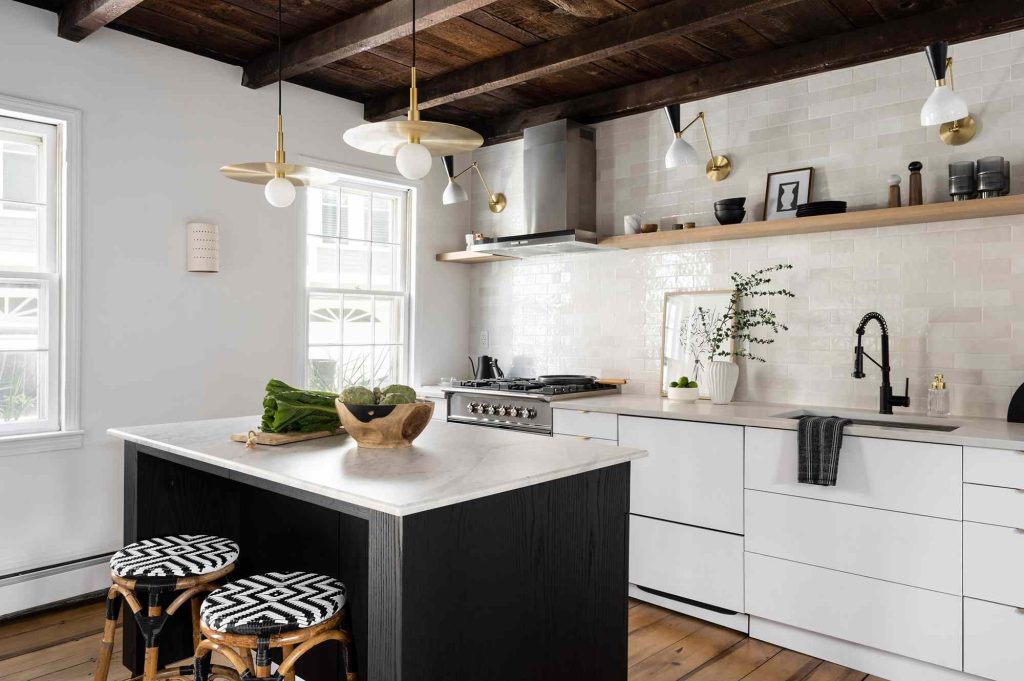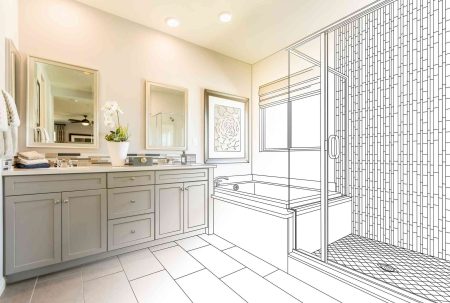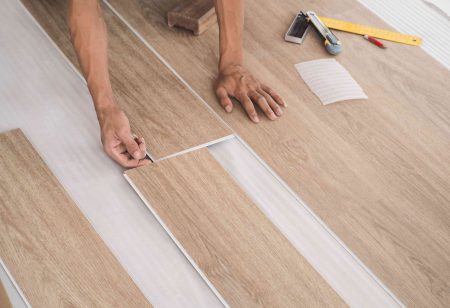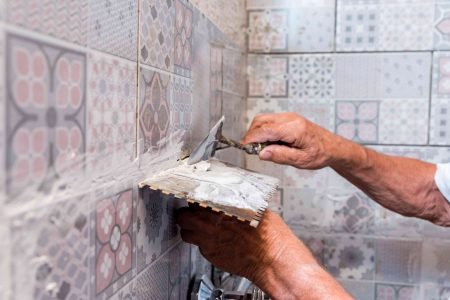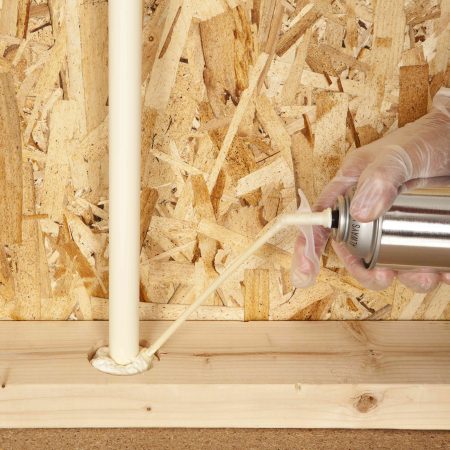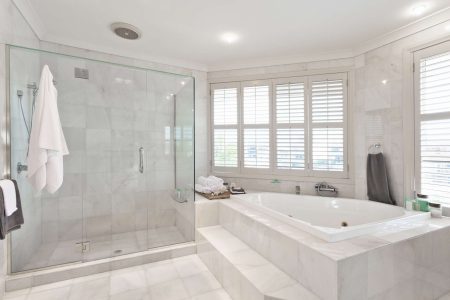If you’re tackling a renovation in the new year, you might have big goals and even bigger dreams. But even if your contractor won’t say it, you might want to rein it in.
Whether the winter is the worst time of the year to tackle certain budgets, you’re chasing a trend you’re bound to regret, or you’re going to blow your budget on something silly—there are plenty of reasons you might want to carefully consider what you’re about to do.
In order to round up some of the most common mistakes people make in their renovations, we turned to a few professionals to find out their top suggestions.
Meet the Expert
- Ty Pennington is a contractor and the host of HGTV’s Rock the Block.
- Jennifer Verruto is the founder and CEO of Blythe Interiors.
- Dan Mazzarini is the Principal and Creative Director of BHDM Design and ARCHIVE.
-
01
of 06More Isn’t Always Better
We’ve seen plenty of influencers brag about how multiple appliances are a real game changer. Whether it’s two laundry rooms or an extra fridge/freezer, it seems to be a life hack for a lot of people.
But one common appliance trend DIY Expert and Kin Insurance Brand Ambassador Ty Pennington is eager to put to rest? Multiple dishwashers.
“Unless you’re feeding a small army, save the space for something more lasting,” he says.
Continue to 2 of 6 below -
02
of 06Really Think About Those “Core” Trends
Obviously, we’re huge fans here at The Spruce of all the TikTok trends—from cottagecore to Barbiecore and all the coastal grandmas in between. But Jennifer Verruto, Founder and CEO of Blythe Interiors, warns this could lead to disappointment in the short-term.
“We totally get the idea behind them, but labeling your style and conforming to these hyper-specific trends can feel forced,” Verruto says. “Sure, if you like cottage style, go for it, but just be careful not to overlook items that you love because they don’t fit the ‘look.’ Bottom line, do what you love!”
Continue to 3 of 6 below -
03
of 06Close Your Open Plan Dreams
For a long time, open-plan homes were considered the ideal. The idea of a large, breezy ground floor with an effortless flow is understandingly appealing. But as Pennington points out, it can very quickly eat up your budget.
“Older homes may need pricey structural changes,” Pennington says. “Sometimes, it’s easier to find a new house. Luck fades when peeling back drywall!”
Continue to 4 of 6 below -
04
of 06Re-Think Retiling
If you bought or are buying a home and you tell yourself you’ll re-do the bathroom someday, Dan Mazzarini, Principal and Creative Director of BHDM Design and ARCHIVE, says you might want to think twice—or at least very, very carefully.
“If you really want to save money on a bathroom upgrade, don’t mess with retiling!” Mazzarini says. “I’d also suggest leaving the plumbing, electrical lines, and toilet in place.”
Continue to 5 of 6 below -
05
of 06Know Which Projects Are ‘Not Now’ Projects
While some projects are best shelved entirely, Pennington tells us that some are just important to shelve temporarily—at least until the weather turns. One example? Garage-to-guesthouse projects, which are currently on the rise.
“I would advise homeowners to hold off until later in 2024 to tackle this kind of renovation,” Pennington says. “Contractors are more available with a two to three-month lead time, and warmer weather is ideal for post-renovation landscaping.”
Continue to 6 of 6 below -
06
of 06Plan Ahead
Regardless of what you’re doing, Pennington also notes how important it is to plan everything out before you get started. If you’re not sure if a proposed design plan is right for you, Pennington says to ask yourself one important question.
“Ask yourself, ‘Will I or a buyer still find it attractive in 10 years?’” Pennington says. “Trends, like fashion, fade fast. Think about the long-term appeal.”
Aside from your actual renovation plan, Pennington says way too many people ignore the importance of insurance—which is something else that can affect you negatively in the long term.
“Before starting any work homeowners should update overall policy limits for additions or upgrades,” Pennington says. “Ensure ample personal property coverage—construction accidents happen!”
Read the full article here







